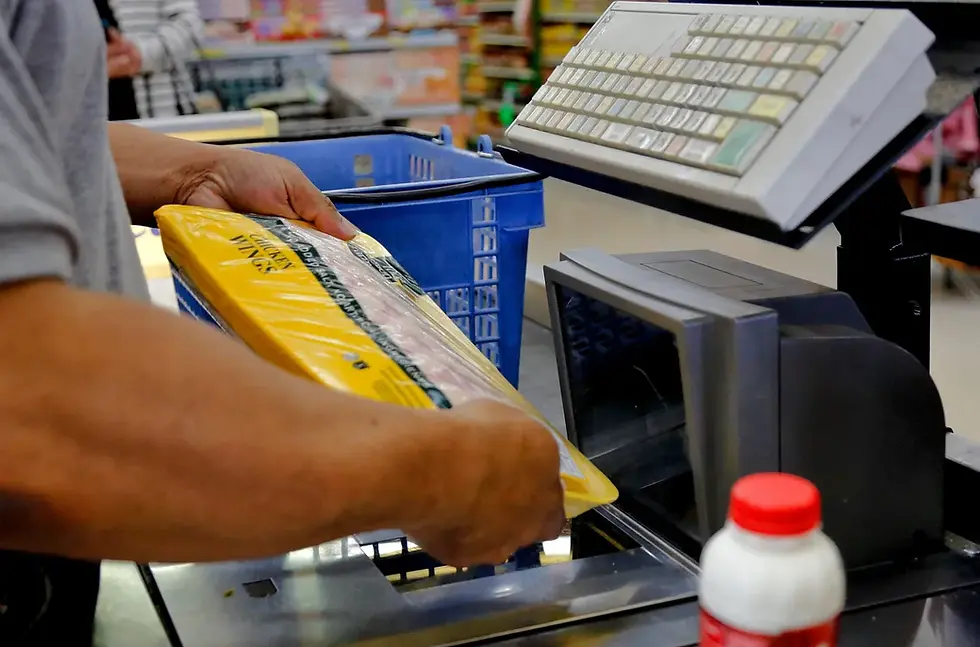Inflation ticked up in August, but Fed rate cut in play as jobless claims surge
- Ani

- Sep 11
- 2 min read

U.S. inflation accelerated modestly in August, offering some leeway for the Federal Reserve to cut interest rates at its September meeting.
Consumer prices rose an annual 2.9% in August, the Labor Department said on Sept. 11, up from a 2.7% annual increase in July. But a reading of "core inflation," which ignores more volatile categories of spending, stripping out food and energy items, was at 3.1% for the second month in a row.
Both readings matched the consensus forecast from economists surveyed by Bloomberg, and come on the heels of reports that suggest the labor market is weaker than many experts previously believed.
As long as inflation remains tame, the central bank has the option of cutting rates to try to boost demand – and hiring – in the economy. As of Sept. 10, traders saw a 100% chance of rate cuts when the Fed meets Sept. 17, with 90% expecting one 25-basis point cut and 10% forecasting two, according to the CME FedWatch tool.
In a separate release on Sept. 11, the Labor Department said first-time unemployment claims had surged to a four-year high. Some 263,000 Americans filed for jobless benefits last week.
Get the Daily Briefing newsletter in your inbox.
The day's top stories, from sports to movies to politics to world events.
Delivery: Daily
Your Email
"Right now, inflation is a key subplot, but the labor market is still the main story," said Ellen Zentner, Chief Economic Strategist for Morgan Stanley Wealth Management, in a note to clients. "That translates into a rate cut next week ‒ and, likely, more to come."
The stock market has rallied in recent days as fresh economic data has spurred investors to reconsider their forecasts. The S&P 500 and Nasdaq closed at record highs on Sept. 10 after a report that showed cooler producer prices – what wholesalers pay for the goods they sell to consumers.
Even if inflation remains mild, it’s still well above the 2% target that the Fed sets for itself. And more importantly, between somewhat-high consumer prices and an iffy job market, many Americans continue to feel pinched.
Car repossessions are at the highest level since 2009, fast food is so expensive that consumers are cutting back on their dining habits, and the effect of tariffs on coffee has pushed that commodity to nearly double in price in just five years.
Meanwhile, a closely watched survey from the New York Fed released Sept. 8 showed that respondents saw only a 44.9% probability of finding a new job if they lost their current one, the lowest reading on record back to 2013.
The complicated economic picture may also make financial markets more volatile, said Chris Zaccarelli, chief investment officer for Charlotte, North Carolina-based Northlight Asset Management, in an analysis emailed after the morning's releases.
"The last bolt on the gate has fallen out and the rate cutting horse is about to leave the barn," Zaccarelli said. "The Fed’s path is clear in the short run, but over the medium term the fact that core inflation is running quite a bit higher on a month-over-month basis is going to complicate matters and the market knows this."




























































Comments